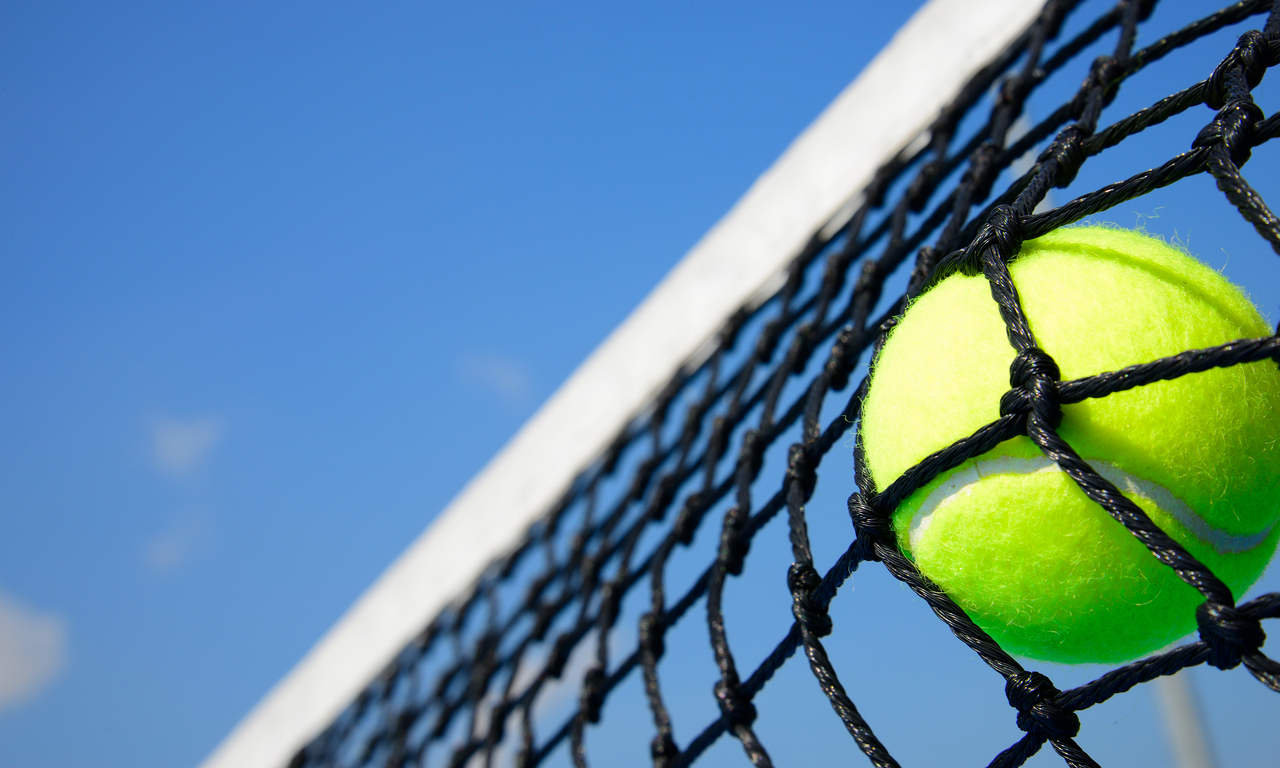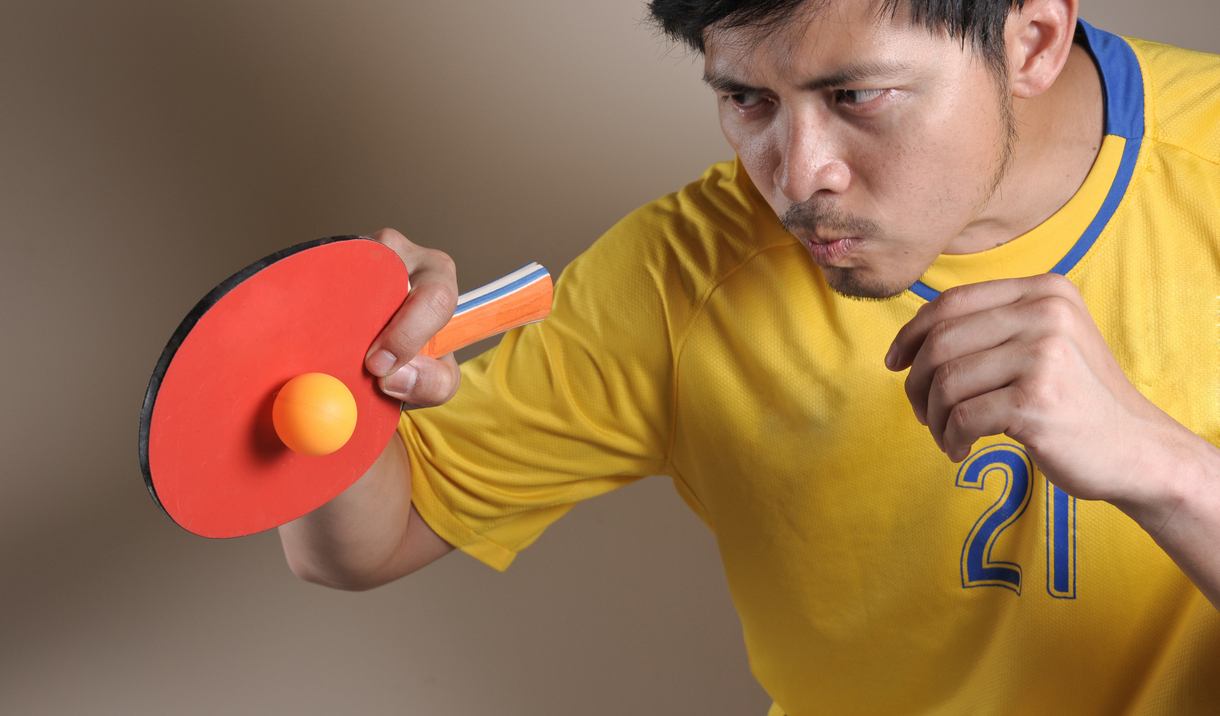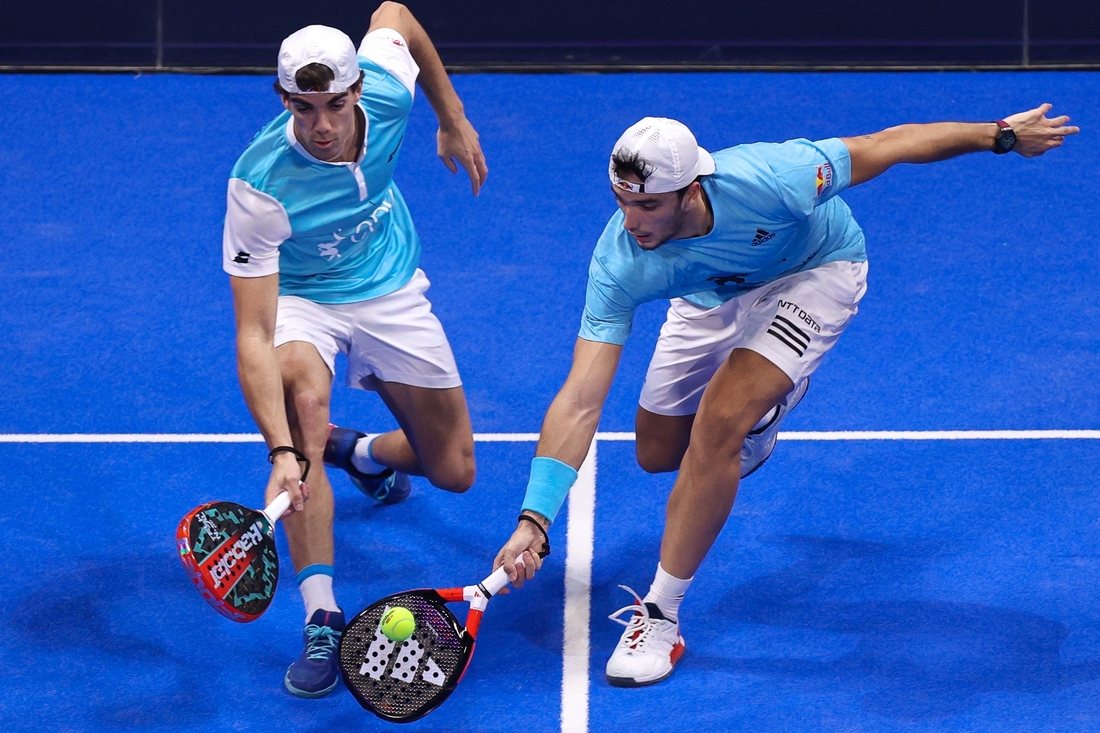Essential Table Tennis Terminologies Every Player Should Know
July 16, 2024
Table tennis, also known as ping pong, is a fast-paced and exciting sport that requires skill, strategy, and quick reflexes. Whether you're a beginner or an experienced player, understanding the terminology used in the game is crucial for improving your skills and communicating effectively with other players and coaches. In this article, we'll explore some of the most important table tennis terms that every player should be familiar with.
Basic Shots and Techniques
Forehand and Backhand
The two fundamental strokes in table tennis are the forehand and backhand. A forehand shot is executed with the racket to the right of the elbow for right-handed players (reverse for left-handers), while a backhand is done with the racket to the left of the elbow for right-handers. Mastering both these shots is essential for a well-rounded game.
Drive
The drive is the basic topspin shot executed close to the table. It's also referred to as a counter, counterdrive, or smash. This shot forms the foundation of many offensive strategies in table tennis.
Push
A push is an underspin shot executed over the table, usually close to the net. It's a passive shot used when it's impossible to attack a ball. Pushes are often used to keep the ball low and prevent opponents from initiating an attack.
Loop
The loop is currently the dominant shot in modern table tennis. It's an extreme topspin shot that can curve in the air like a curveball in baseball. When executed properly, a loop allows players to hit the ball harder while relying on the spin to make it dive onto the table. Mastering the loop can significantly elevate your game.
Chop
A chop is a heavy underspin shot, usually executed away from the table and below the tabletop. It forces the ball to drop downwards when it hits an opponent's paddle. Choppers use this defensive shot as their primary technique.

Spins and Ball Behavior
Understanding different types of spin is crucial in table tennis:
- Topspin: Spin that makes the ball curve downwards onto the table.
- Backspin: Also called underspin, it makes the ball rotate backwards after being hit.
- Sidespin: Causes the ball to curve left or right in the air, often used in combination with topspin.
- Dead or Flat: A ball without any spin, usually traveling with good pace.
Game Play and Scoring
Serve: The first shot of a rally, performed by the server. The ball must be thrown up from the palm of the hand and struck by the racket.
Receive: The return of a serve.
Rally: The period during which the ball is in play.
Game Set: Each game is played to 11 points, unless a deuce (both players or pairs score 10 points) occurs.
Let: When a service ball hits the net or a distraction causes the point to be played over.
Equipment and Grip Styles
Racket (also called bat or paddle): The primary equipment used to hit the ball.
Blade: The wooden part of the bat.
Inverted: The most common racket covering, consisting of a sheet of rubber on top of a sponge, with the rubber pips pointing inward for a smooth surface.
Pips-out: A type of racket covering where the rubber pips point outward.
Shakehand: The most popular grip style, offering a good balance between forehand and backhand shots.
Penholder: A grip style that provides the best possible forehand but a more awkward backhand compared to other conventional grips.
Advanced Techniques and Strategies
Block: A quick, off-the-bounce return of an aggressive drive, executed by simply holding the racket in the ball's path.
Flick or Flip: A topspin shot generated over the table close to the net, usually with power generated only from the upper arm or wrist. It's used to start an offense on a short ball.
Lob: A defensive shot used when a player is in the backcourt. The ball is hit as high as possible, usually with a combination of topspin and sidespin.
Drop shot: A short placement very close to the net. A good drop shot should bounce at least twice on the opponent's side of the table before falling off.
Understanding these terminologies will not only improve your communication with other players and coaches but also help you analyze and improve your own game. Remember, mastering table tennis is a journey of continuous learning and practice. Keep these terms in mind as you develop your skills, and you'll be well on your way to becoming a more knowledgeable and effective player.







